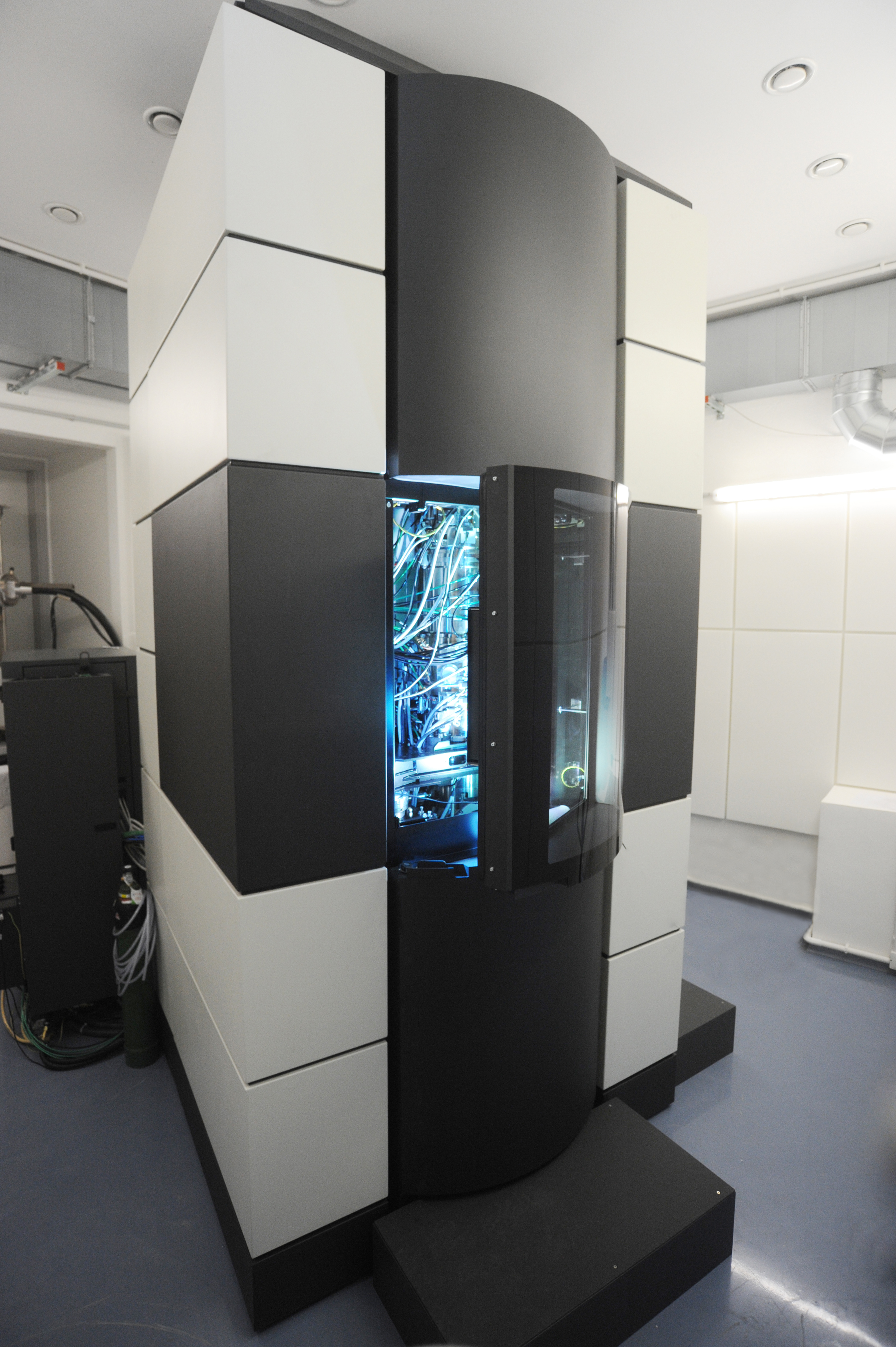|
Guarnieri Bodies
Orthopoxvirus inclusion bodies are aggregates of stainable protein produced by poxvirus virions in the cell nuclei and/or cytoplasm of epithelial cells in humans. They are important as sites of viral replication. Morphology Morphologically there are two types of Orthopoxvirus inclusion bodies, Type-A inclusion bodies and Guarnieri bodies. Type-A inclusion bodies are found only in certain poxviruses like cowpox. The Guarnieri bodies are found in all poxvirus infections and their presence is diagnostic. The diagnosis of an orthopoxvirus infection can also be made rapidly by electron microscopic examination of pustular fluid or scabs. However, all orthopoxviruses exhibit identical brick-shaped virions by electron microscopy. Guarnieri bodies are named for Giuseppe Guarnieri Giuseppe Guarnieri (April 20, 1856 – August 15, 1918) was an Italian physician. Dr. Guarnieri made his most famous discovery in 1892 while examining thin tissue cells damaged by smallpox. He discovered sma ... [...More Info...] [...Related Items...] OR: [Wikipedia] [Google] [Baidu] |
Virions
A virion (plural, ''viria'' or ''virions'') is an inert virus particle capable of invading a cell. Upon entering the cell, the virion disassembles and the genetic material from the virus takes control of the cell infrastructure, thus enabling the virus to replicate. The genetic material ('' core'', either DNA or RNA, along with occasionally present virus core protein) inside the virion is usually enclosed in a protection shell, known as the capsid. While the terms "virus" and "virion" are occasionally confused, recently "virion" is used solely to describe the virus structure outside of cells, while the terms "virus/viral" are broader and also include biological properties such as the infectivity of a virion. Components A virion consists of one or more nucleic acid genome molecules (single-stranded or double-stranded RNA or DNA) and coatings (a capsid and possibly a viral envelope). The virion may contain other proteins (for example with enzymatic activities) and/or nucleo ... [...More Info...] [...Related Items...] OR: [Wikipedia] [Google] [Baidu] |
Cowpox
Cowpox is an infectious disease caused by Cowpox virus (CPXV). It presents with large blisters in the skin, a fever and swollen glands, historically typically following contact with an infected cow, though in the last several decades more often (though overall rarely) from infected cats. The hands and face are most frequently affected and the spots are generally very painful. The virus, part of the genus '' Orthopoxvirus'', is closely related to Vaccinia virus. The virus is zoonotic, meaning that it is transferable between species, such as from cat to human. The transferral of the disease was first observed in dairy workers who touched the udders of infected cows and consequently developed the signature pustules on their hands.Vanessa Ngan, "Viral and Skin Infections" 2009 Cowpox is more commonly foun ... [...More Info...] [...Related Items...] OR: [Wikipedia] [Google] [Baidu] |
Electron Microscopy
An electron microscope is a microscope that uses a beam of electrons as a source of illumination. It uses electron optics that are analogous to the glass lenses of an optical light microscope to control the electron beam, for instance focusing it to produce magnified images or electron diffraction patterns. As the wavelength of an electron can be up to 100,000 times smaller than that of visible light, electron microscopes have a much higher resolution of about 0.1 nm, which compares to about 200 nm for light microscopes. ''Electron microscope'' may refer to: * Transmission electron microscope (TEM) where swift electrons go through a thin sample * Scanning transmission electron microscope (STEM) which is similar to TEM with a scanned electron probe * Scanning electron microscope (SEM) which is similar to STEM, but with thick samples * Electron microprobe similar to a SEM, but more for chemical analysis * Low-energy electron microscope (LEEM), used to image surfaces * ... [...More Info...] [...Related Items...] OR: [Wikipedia] [Google] [Baidu] |
Giuseppe Guarnieri
Giuseppe Guarnieri (April 20, 1856 – August 15, 1918) was an Italian physician. Dr. Guarnieri made his most famous discovery in 1892 while examining thin tissue cells damaged by smallpox. He discovered small bodies of protein clusters that he mistook for bacteria, but were actually clusters of viral proteins crucial in the replication of Poxviridae, pox viruses. He named these protein masses ''Cytorrhyctes variolae'' ("the cell destroyer of smallpox") but they were eventually properly identified and named Guarnieri bodies. References 1856 births 1918 deaths 19th-century Italian physicians {{Italy-med-bio-stub ... [...More Info...] [...Related Items...] OR: [Wikipedia] [Google] [Baidu] |

